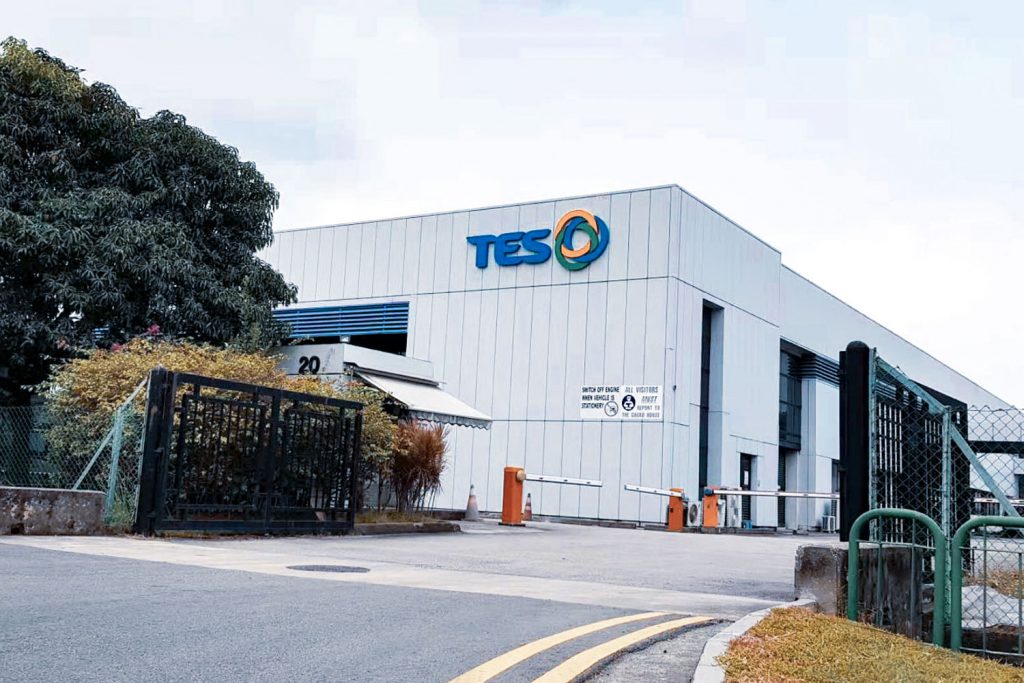In the face of the escalating climate crisis, an increasing number of organizations are committing to various carbon emission goals such as net zero, carbon neutrality, and climate neutrality. This blog post will demystify these terms and explain how they form part of our strategy to mitigate the effects of climate change.
Understanding the Jargon: Net Zero, Carbon Neutrality, and Climate Neutrality
What Does Net Zero Mean?
"Net zero" is a comprehensive term for the goal of balancing the amount of greenhouse gases (GHGs) produced using carbon sinks or offsetting projects to achieve zero carbon emissions. This term describes a broad societal goal that addresses the necessity of carbon emission reduction.
Carbon Neutrality Versus Climate Neutrality
While carbon neutrality strictly refers to neutralizing carbon dioxide, it does not necessarily achieve net zero or climate neutrality. On the other hand, climate neutrality takes into account all GHGs to achieve overall emissions neutrality. These terms underline the urgency to reduce overall GHG emissions to science-backed levels, thus ensuring a sustainable future for our planet and its inhabitants.
The Basics of Greenhouse Gas Emissions
Human activities, such as burning fossil fuels, releasing refrigerants, and land alteration through agriculture and deforestation, have dramatically increased the concentration of GHGs in our atmosphere. These gases absorb and re-emit heat, thus contributing to the warming of our planet.
Carbon dioxide, the most abundant GHG, constitutes 79% of these emissions. While CO2 might be the most prevalent GHG, it's essential to note that other gases are often measured in CO2 equivalent terms because they have a much higher greenhouse warming potential (GWP). For instance, methane is 25 times more potent in terms of GWP than CO2. Moreover, fluorinated gases, though less prevalent, carry a GWP that's 1,000 to 10,000 times greater than CO2.
This substantial difference underscores the importance of addressing all types of GHGs in our emissions reduction efforts, not just CO2. Every bit of reduction contributes to our global effort to combat climate change and ensure the survival of our planet for future generations.
The Paris Agreement and Its Impact
The Paris Agreement, signed by 195 member countries of the United Nations Framework Convention on Climate Change (UNFCCC) in 2015, emphasized the urgency to limit global temperature rise to well below 2°C (3.6°F) at pre-industrial levels. However, the current trajectory suggests an alarming temperature increase of 2.8°C, calling for even more aggressive emission reduction strategies.
Supporting Net Zero Goals
To help organizations set science-based targets (SBTs) and achieve their net zero goals, collaborations like the Science Based Targets Initiative (SBTi) have been established. At present, more than 2,000 organizations globally have committed to setting emission-reduction targets based on climate science through SBTi.
Connecting circularity and net zero is an essential part of this action. Approximately 45% of total emissions is generated from the use of products and services. By providing services that extend the life of IT assets, TES can help companies reduce their emissions footprint. We offer comprehensive footprint reporting and measurement of savings derived from lifecycle extension, thereby assisting our partners in their journey towards sustainability.
Climate Action at TES
As part of our commitment to the circular economy, TES is looking to align with SBTi and net zero targets. We understand that our services have environmental impacts, and we are actively seeking opportunities to use more renewable energy and reduce fossil fuel consumption.
For instance, we have installed solar panels on the rooftops of two of our buildings in Singapore's Benoi area and in Thailand. These solar panels contribute to our renewable energy sourcing and reduce our dependence on fossil fuels. In Sydney, we have switched to LED lighting, which is more energy-efficient and has a longer lifespan compared to traditional lighting options, thus minimizing our energy consumption and waste production.
In our Thailand facilities, we have installed rainwater tanks, harnessing the power of nature to meet our water needs and reduce our water footprint. We've achieved zero emission power sourcing in Sweden, a significant stride towards our net zero ambitions. Furthermore, we're transitioning our forklift fleet to electric power in Taiwan and Singapore, minimizing our carbon emissions in our operations.
The Business Benefits of Net Zero
Embracing net zero commitments also brings business benefits, including:
First-Mover Advantage: TES is well-placed as a first mover to help clients with their net-zero ambitions.
Enhanced Reputation: Transparency about our emissions reduction performance can help build trust and enhance our reputation.
Attracting Investment: Our commitment to net zero action signals to investors that our management is focused on short- and long-term planning against potential risks.
Attracting and Retaining Talent: A commitment to sustainability can attract talent and enhance employee loyalty, as well as encourage the flow of diverse ideas and creativity.
Future Protection: Pursuing net zero commitments offers protection against rising fuel and electricity costs, emerging climate change regulations, and technological advancements supporting low-carbon transitions.
Taking action is not just a matter of responsibility; it is crucial for survival in the business world. Research from the Carbon Trust reveals that customer expectations are rising, and companies failing to commit to climate action risk losing business to competitors with stronger sustainability performances. The corporate world is waking up to the fact that sustainability and profitability can go hand in hand.
The Path Forward
Our net zero strategy at TES involves establishing a baseline for our current carbon emissions, setting near and long-term SBTs, and implementing emission reduction measures across our value chain. We plan to conduct waste and energy audits to identify areas of potential improvement, and we are committed to transparently disclosing our progress.
As we advance in this journey, we are committed to transparently disclosing our progress, underscoring our dedication to accountability and continuous improvement in our sustainability performance.
Read our Sustainability Report for our most recent update.






